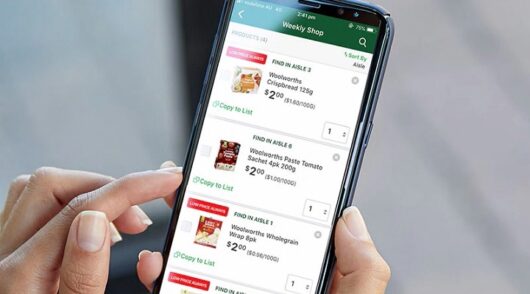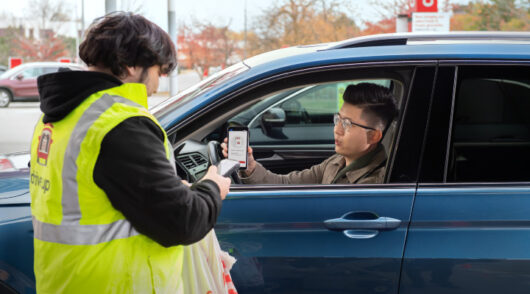Over the past decade the retail industry has been undergoing a massive transformation, with retailers and logistics companies finding new and innovative ways to integrate technology into their business models.
Touching almost every aspect of the retail industry, exciting technologies such as automation, VR and AR, and even AI are changing the way the industry operates. Yet, there is another major change happening behind the scenes that is less flashy, but could be more impactful.
On shelves and in warehouses around the world, barcode technology is changing for the benefit of businesses and customers alike.
Rethinking the barcode
The barcode – a block of irregular black lines signifying a product’s unique SKU – was launched in Australia in the 1970’s as retailers decided they needed a normalised system to track and scan products at their point of sale.
However, that initial use isn’t all barcodes are being used for today, with GS1 chief customer officer Marcel Sieira telling Inside Retail that the technology is being reborn to serve a much wider purpose.
“[Up until now] it’s just been additional implementations and additional use cases for the barcode,” Sieira said. “But what you have now is web-enabled 2D barcodes, which is what we’re referring to as the new generation of barcodes.”
Developed by GS1, the only authorised supplier of barcodes for retail and online trade in Australia, the 2D barcode essentially looks the same as the QR code we all got comfortable with during the pandemic. But, it is able to hold far more information and is open to new use cases compared to traditional barcodes.
For example, 2D barcodes can be scanned in a retailer’s warehouse to show a particular product’s shipping date, use by date, any relevant batch numbers, and any further information that is specific to that product: i.e. any recalls or promotional activity that is tied to it.
Supermarket Woolworths has worked with GS1 to integrate 2D barcoding into its fresh food and point-of-sale technology. When produce has expired, or is subject to a recall, cashiers will receive an alert at the registers stating that the product is not fit for sale.
“We plan to build on the potential of these barcodes to offer customers valuable information on provenance, quality and sustainability,” said Woolworths’ senior project manager Roberto Olivares.
“As we work toward a better tomorrow with our suppliers, 2D barcodes can help us communicate a product’s verified sustainability credentials to customers.”
According to Sieira, this could have massive ramifications for not only the fresh food industry, but for the entire retail sector.
The fact that the barcode essentially acts as a QR code means that customers can scan them with their phones and, when enabled, they will be taken to custom web pages dedicated to delivering pertinent information about the product in question.
This can be used to deliver information such as recycling initiatives or instructions tied to each product, as well as details about the providence of materials or ingredients in order to provide a more accessible, transparent product.
Point of different at point-of-sale
Providing such information isn’t just good for the customer, argued Haleon head of customer excellence John Sawicki – it’s also a chance to differentiate one product from another.
“In many instances you’re quite limited in how much information you can convey on a shelf,” Sawicki told Inside Retail.
“By having a call to action with a QR code, it gives the customer the opportunity to scan and access additional information in a format that’s usable.
“If a shopper is looking at two products, and one’s got a QR code that they can scan to get more information [they’ll] feel [more] confident that they’re buying a product that suits their actual requirements.”
According to Sawicki, Haleon, which owns and operates consumer health brands such as Panadol, Centrum and Voltaren, is working on integrating QR codes into their marketing moving forward.
“QR code adoption was quite low, but through Covid we saw uptake very quickly, and people became savvy with them overnight,” Sawicki said. “QR Codes have the ability to deliver information that shoppers need to make purchasing decisions [at the point of purchase].”






